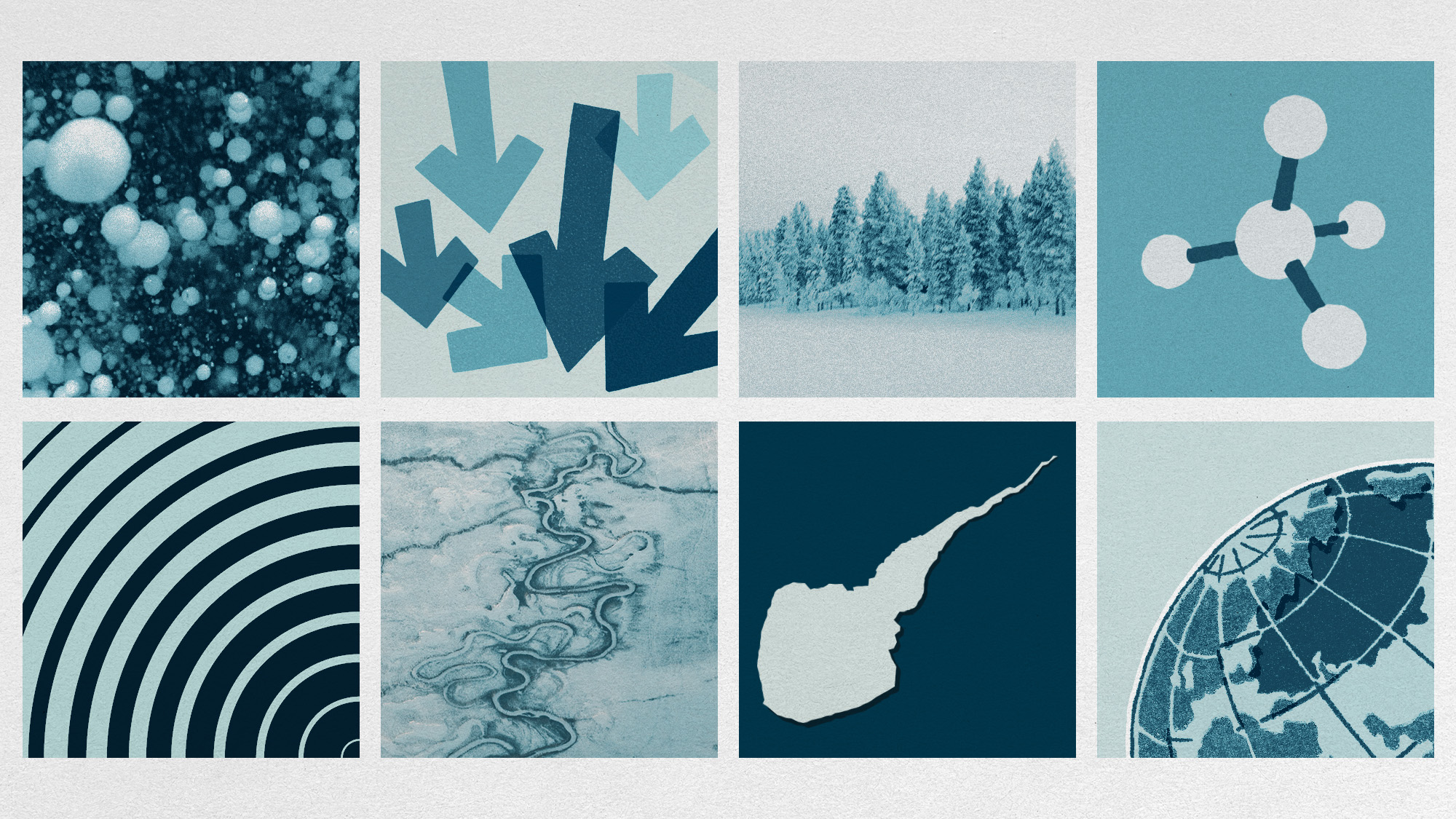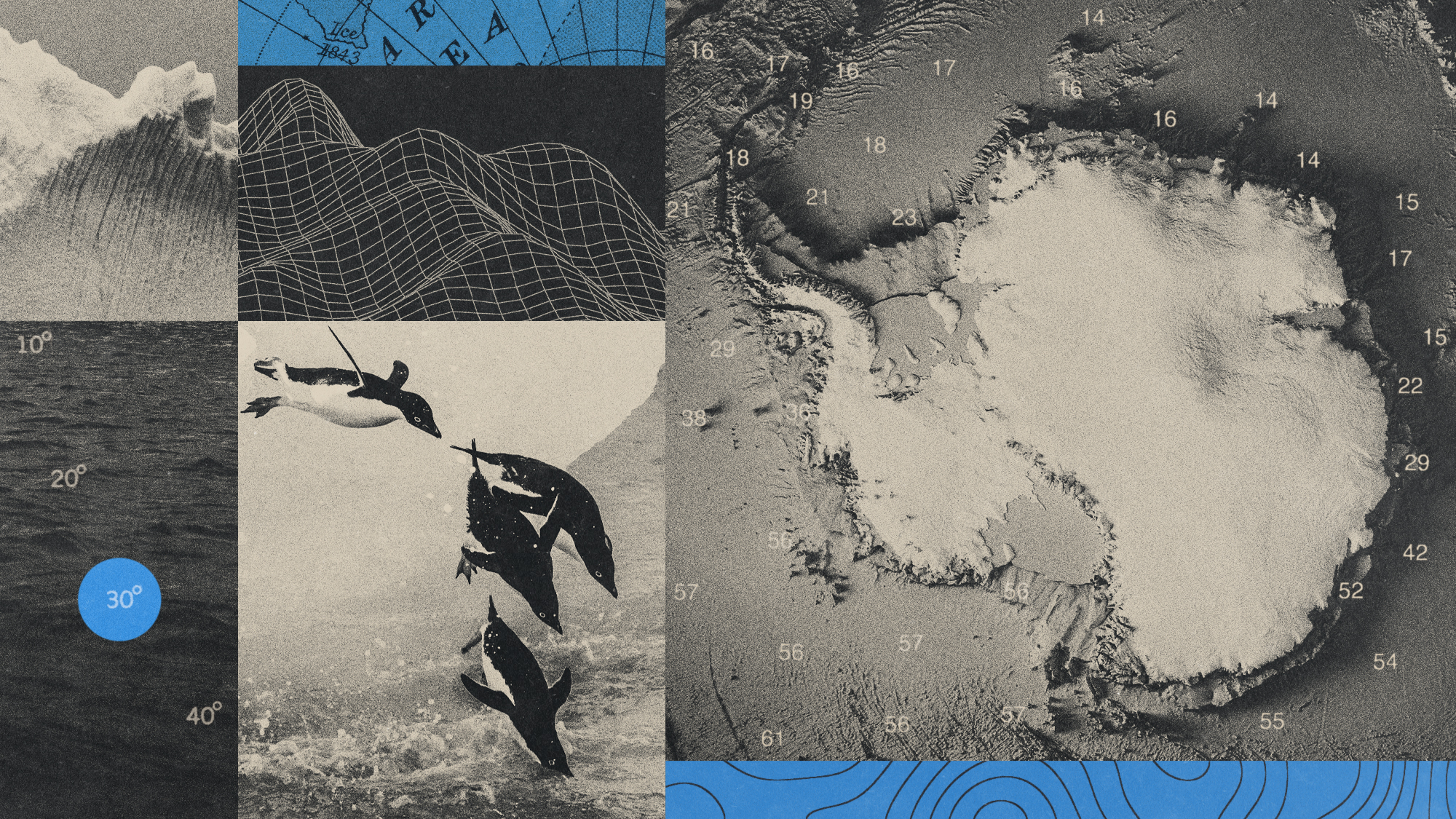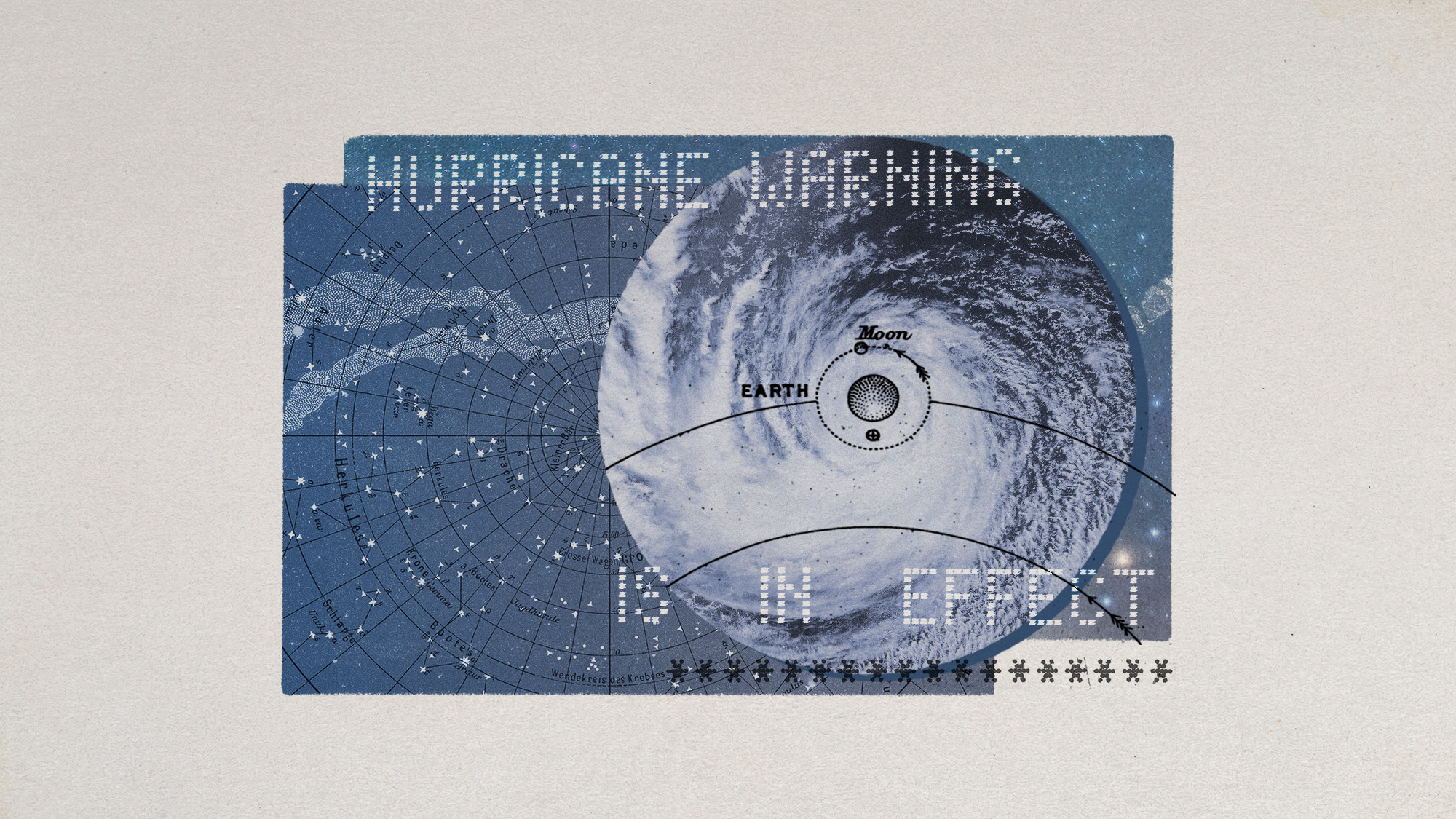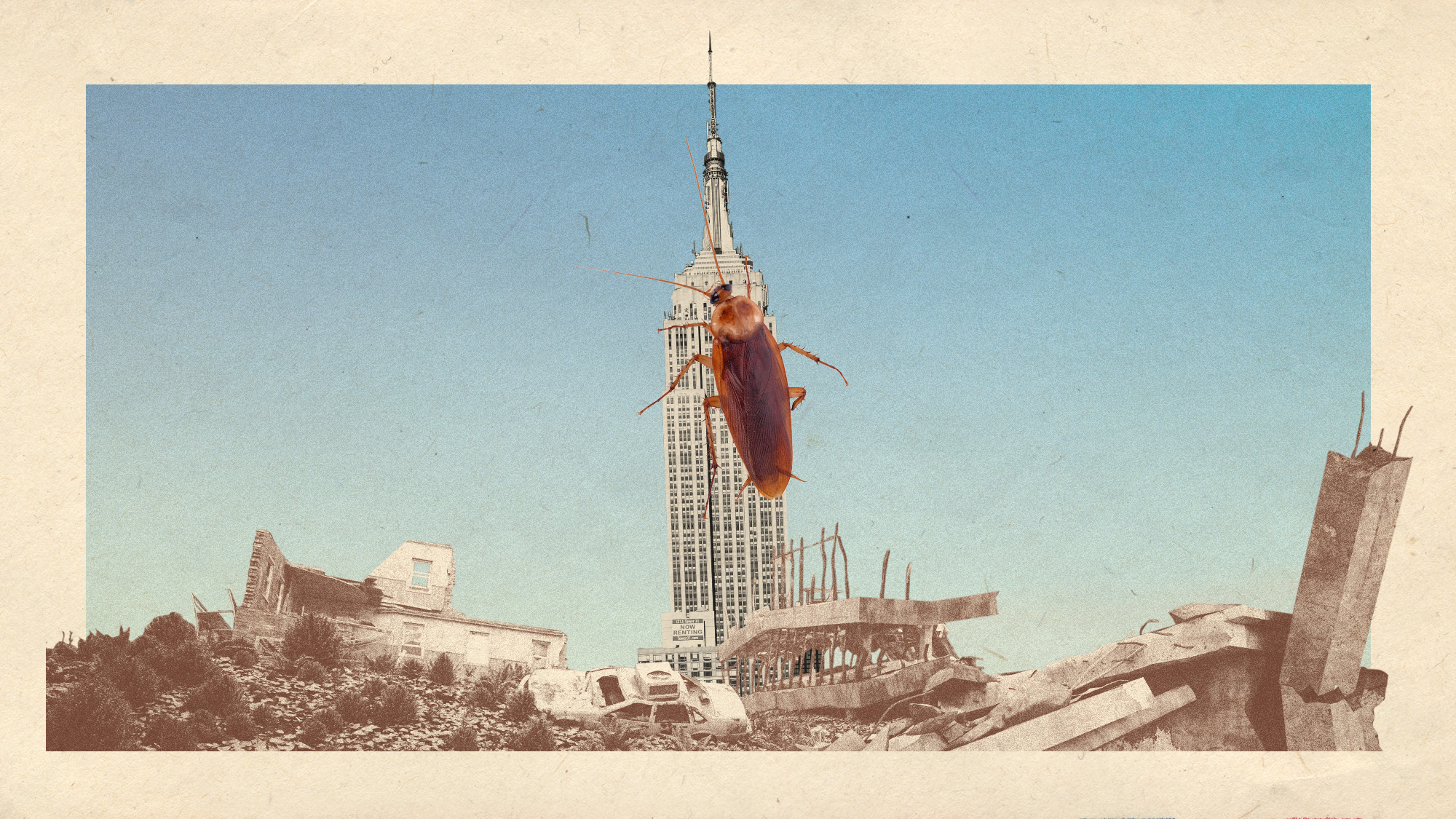Inside Siberia's 'megaslump' – and why it is getting bigger
The 'eerie sinkhole' is rapidly expanding and climate change is the reason why

It has been called everything from the "gateway to the underworld" to a "tadpole-shaped gash" – and it's eating into the surrounding landscape "like a living thing".
The huge crater in Siberia is an "immense fracture" in the depths of the Russian Far East that "splintered open" just a few decades ago, said IFL Science. Now, "with climate change continuing to cook up this part of the world, the literal scar on the planet is continuing to grow".
The 'gateways to the underworld'
Officially known as the Batagay (also spelled Batagaika) crater or megaslump, the crater was first spotted on satellite images in 1991 after a section of hillside collapsed in northern Sakha in Russia.
The Week
Escape your echo chamber. Get the facts behind the news, plus analysis from multiple perspectives.

Sign up for The Week's Free Newsletters
From our morning news briefing to a weekly Good News Newsletter, get the best of The Week delivered directly to your inbox.
From our morning news briefing to a weekly Good News Newsletter, get the best of The Week delivered directly to your inbox.
A megaslump is a vast expanding depression in the Earth's surface. These deep craters "appear like gateways to the underworld", said Treehugger. These "eerie sinkholes" are the result of melting permafrost – the frozen soil and rock that makes up the majority of the Arctic landscape. As our planet continues to warm, the permafrost thaws and the Earth "loosens and slumps".
The Siberian collapse revealed layers of permafrost, within the remaining portion of the hillside, that have been frozen for up to 650,000 years. In 2017, the megaslump was measured as up to 100 metres (328 feet) deep and around one kilometre (0.6 miles) long, but it has continued to grow.
A new study suggests its cliff face, or headwall, is retreating at a rate of 12 metres (40 feet) per year due to permafrost thaw. The collapsed section of the hillside, which fell to 55 metres (180 feet) below the headwall, is also "melting rapidly and sinking as a result", said Live Science. In other words, the megaslump is "slowly encroaching upon the landscape like a living thing", said Treehugger.
Locals in Siberia have mixed feelings about the unusual chasm, said Yahoo News. Many "fear" it "due to the strange ‘boom’ sounds it emits". But others have chosen to explore the site.
A free daily email with the biggest news stories of the day – and the best features from TheWeek.com
"We locals call it 'the cave-in'," local resident Erel Struchkov told Reuters last year, as he stood on the crater's rim. "It developed in the 1970s, first as a ravine. Then by thawing in the heat of sunny days, it started to expand."
All of this means that Siberia "boasts perhaps the largest thaw slump on the planet", said the BBC.
'Sign of danger'
The slump's expansion is "a sign of danger", Nikita Tananayev, lead researcher at the Melnikov Permafrost Institute in Yakutsk, told Reuters. The soil beneath the slump contains an "enormous quantity" of organic carbon that will release into the atmosphere as the permafrost thaws, further exacerbating the planet's warming.
That carbon is "mostly in the form of the frozen remains of plants and other organic material", along with "methane that has become trapped inside ice crystals", said the BBC.
With an "increasing air temperature" we can expect the crater to be "expanding at a higher rate," Tananayev said, and "this will lead to more and more climate warming in the following years".
But there is a positive too, Julian Murton, of the University of Sussex, told Yahoo News. Layers of soil going back 200,000 years have been exposed by the collapse – and the scientific community hopes that studying the crater may offer fresh insights into climate change.
Chas Newkey-Burden has been part of The Week Digital team for more than a decade and a journalist for 25 years, starting out on the irreverent football weekly 90 Minutes, before moving to lifestyle magazines Loaded and Attitude. He was a columnist for The Big Issue and landed a world exclusive with David Beckham that became the weekly magazine’s bestselling issue. He now writes regularly for The Guardian, The Telegraph, The Independent, Metro, FourFourTwo and the i new site. He is also the author of a number of non-fiction books.
-
 Political cartoons for December 9
Political cartoons for December 9Cartoons Tuesday's political cartoons include black market vaccines, FIFA prizes, and drone deliveries
-
 How dangerous is the ‘K’ strain super-flu?
How dangerous is the ‘K’ strain super-flu?The Explainer Surge in cases of new variant H3N2 flu in UK and around the world
-
 Who is The Liz Truss Show for?
Who is The Liz Truss Show for?Talking Point Former PM’s new weekly programme is like watching her ‘commit a drive-by on herself’
-
 Why scientists are attempting nuclear fusion
Why scientists are attempting nuclear fusionThe Explainer Harnessing the reaction that powers the stars could offer a potentially unlimited source of carbon-free energy, and the race is hotting up
-
 The moon is rusting
The moon is rustingUnder the radar The Earth is likely to blame
-
 Canyons under the Antarctic have deep impacts
Canyons under the Antarctic have deep impactsUnder the radar Submarine canyons could be affecting the climate more than previously thought
-
 NASA is moving away from tracking climate change
NASA is moving away from tracking climate changeThe Explainer Climate missions could be going dark
-
 Atoms into gold: alchemy's modern resurgence
Atoms into gold: alchemy's modern resurgenceUnder the radar The practice of alchemy has been attempted for thousands of years
-
 Hurricanes are not exclusive to Earth. They can happen in space.
Hurricanes are not exclusive to Earth. They can happen in space.Under the radar These storms may cause navigational problems
-
 What would happen to Earth if humans went extinct?
What would happen to Earth if humans went extinct?The Explainer Human extinction could potentially give rise to new species and climates
-
 Bad news, alpha males. You likely don't actually exist.
Bad news, alpha males. You likely don't actually exist.Under the radar Most primate communities are egalitarian